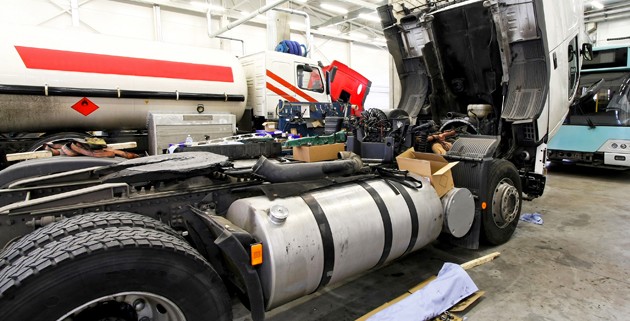Uniform Rules for Roadworthiness Called For by ATA
Following the Australian Trucking Association’s (ATA) consultation regulatory impact statement on heavy vehicle roadworthiness, the association’s Chief Executive, Chris Melham released its submission to the National Transport Commission.
According to Mr Melham, any changes to the heavy vehicle roadworthiness system must lead to uniform roadworthiness rules and enforcement. The industry believes that the complexity of the law is partly to blame for it being enforced “haphazardly” and often incorrectly.
In a statement on Truckworld.com.au Mr Melham explained;
“The trucking industry is strongly in favour of nationally uniform enforcement, including standard rules for vehicle inspections and defect assessments,” Mr Melham said.
“The current roadworthiness rules are sometimes applied haphazardly or wrongly at the roadside. Clear, nationally accepted rules need to be established for declaring a vehicle roadworthy, and for issuing and clearing minor and major defect notices. There must also be consistent national training for enforcement officers,” he said.
Source: http://www.truckworld.com.au
Mr Melham also called for the concept of chain of responsibility to extend to vehicle roadworthiness as the ATA already recommended in the past.
He also added that government should abstain from making any alterations to periodic scheduled inspections without gathering more evidence. Mr Melham explained that at the moment some states require every truck to be inspected annually, despite their risk profile while other states do not have this requirement. He says this is a costly and often ineffective because the truck may be roadworthy on the day of inspection but it doesn’t mean they will remain roadworthy throughout the year. He does however caution that the inspections shouldn’t be removed or introduced just yet.
Mr Melham explained:
“The ATA has put forward a comprehensive set of reforms to chain of responsibility, which would extend CoR to roadworthiness while at the same time reducing the complexity of the law,” he said.
“The NTC consultation RIS acknowledges there is inadequate evidence (and often conflicting information) about the effectiveness of roadworthiness policies, and for periodic scheduled inspections in particular,”
“Scheduled inspections are a rigid, high-cost enforcement tool. It is often said that they only establish roadworthiness on one day of the year: the day a truck is inspected.
Source: http://www.truckworld.com.au
He also added that in states where scheduled inspections are not in place, there is no solid evidence to support its introduction. There is also no solid evidence to support its removal from other states either, Mr Melham cautioned.
Mr Melham stated:
“Given the lack of evidence for or against scheduled inspections, and in line with the principles of evidence-based policy, the ATA believes it would be prudent to hold off making major and costly policy decisions about this specific issue until there is more evidence.
Read more at: http://www.truckworld.com.au
The ATA’s submission suggests that governments fund a major case-control study to provide more information about the links between vehicle inspections, roadworthiness and crashes, in an effort to make more informed decisions about whether or not these inspections are effective.
To view the submission visit: www.truck.net.au.




